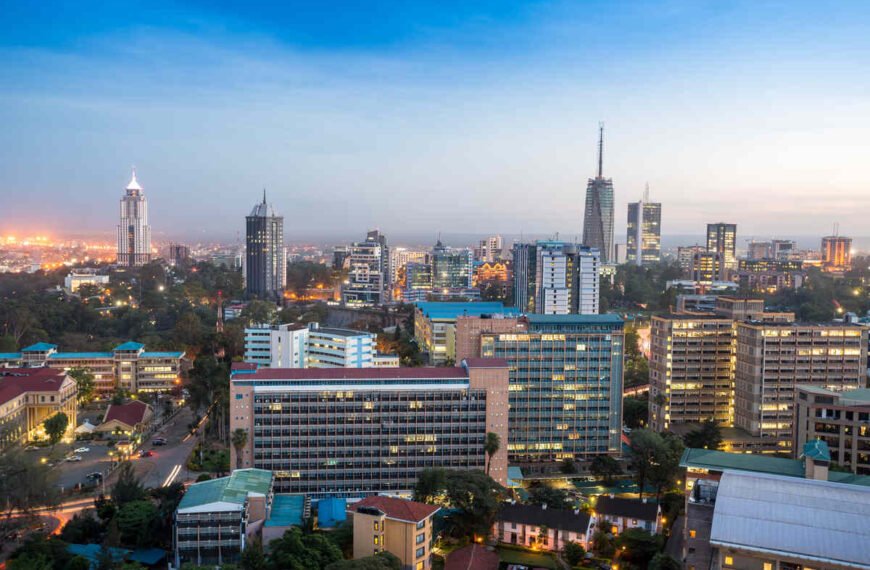
CBN spent N2.36TR to MOP up N18.7TR
The Central Bank of Nigeria, CBN, is estimated to have spent about N2.36 trillion to mop up N18.7 trillion through OMO treasury bills from the interbank money market in 2018. The above is based on 12.6 percent average stop rate of OMO TBs issued in 2018.
The apex bank throughout the year maintained tight monetary policy in a bid to ensure exchange rate stability, leading to aggressive liquidity mop up through Open Market Operation (OMO) treasury bills (TBs).
Consequently, the amount of OMO TBs issued by the CBN rose sharply by 137 percent to N18.7 trillion in 2018 from N7.9 trillion in 2017, while average stop rate fell to 12.6 percent from N17.7 percent in 2017. On the other hand, the amount of OMO TBs that matured during the year rose by 162 percent to N19.6 trillion in 2018 from N7.5 trillion in 2017.
Analysts at Zedcrest Capital disclosed this in their review of money market activity in 2018, saying the CBN will sustain its aggressive OMO issuance in 2019 with further increase in stop rate. They stated: “In the year under review, the average daily system liquidity balance spiked by 11,500 percent from a negative position of N3 billion in 2017, to a positive position of N340 billion in 2018, whilst the average overnight funding rate also declined significantly by 13,600 basis points (bps) to 13.40 percent in 2018 from 27 percent in 2017.
The CBN issued N18.7 trillion in OMO bills in 2018 to mop up inflows from N19.6 trillion OMO maturities, as against N7.9 trillion OMO bills issued in 2017 to mop up N7.5 trillion in OMO maturities.
The average OMO stop rate also declined significantly by 510bps from 17.70 percent in 2017 to 12.60 percent in 2018. “Given the decline in foreign portfolio Investment (FPI) flows in Q4 2018, the CBN increased its spate of OMO issuance at the tail end of the year, whilst also hiking the OMO stop rates by 150bps from an average of c.11.75 percent in Q3’18 to 13.25 percent in Q4’18.”
“We expect the CBN to maintain its current spate of OMO issuance in Q1’19 as political risks heighten ahead of the forthcoming elections, with the CBN looking to contain inflationary pressures and maintain forex stability. “We consequently anticipate a likely increase of 50 to 100bps in the OMO stop rate in Q1’19, with rates expected to aver-age at 13 percent for the year. We also expect the System liquidity conditions to be relatively tighter in 2019 compared to 2018, with the interbank call rate expected to average at 20 percent.”
Meanwhile the CBN last week sold OMO bills to mop up N560 billion from the interbank money market. These, combined with fresh TBs worth N75 billion sold during the week cancelled out the impact of N690 billion inflow from matured TBs, prompting cost of funds to rise. Data from FMDQ showed that interest rate on Collateralized (Open Buy Back, OBB) lending rose by 280bpts to 20 percent last week from 17.2 percent the previous week. Similarly, interest rate on overnight lending rose by 540 bpts to 23.8 percent last week from 18.4 percent the previous week. Analysts at Lagos based Afrinvest Plc projected further moderation in cost of funds this week, saying, “Next week, we expect money market rates to slightly moderate as OMO maturities worth N375.4 billion hit the system.
Nevertheless, we believe the CBN will continue with its weekly OMO mop ups to keep liquidity levels in check.”



















